From The Girl’s Own Paper to Sassy: Tracing the evolution of girlhood in print
The term ‘girlhood’ has seen a resurgence in the media, with girls and young women reclaiming the term and reframing girlhood as a symbol of empowerment, rather than one of fragility. While this spans a broad spectrum of signifiers, the overarching term offers a unity and sense of community for many girls and young women navigating a challenging world. The huge success of the Taylor Swift Eras tour, the Barbie movie and the ever-increasing emergence of terms such as “corporate girlie”, “pop girl summer” and “girl boss” show a real resonance with individuals exploring girlhood as a form of identity and belonging.
Girlhood: Magazines and Print Culture encompasses a diverse array of vivid and illustrative annuals, comics, magazines, and periodicals that support the study of print culture targeted at girls throughout the twentieth century. Featuring content from across the UK, US and Australia, this resource offers a fascinating insight into the lives of girls and young women, alongside an understanding of the ever-evolving expectations surrounding girls over the course of the twentieth century.
The Girl’s Own Paper was published by the Religious Tract Society and Lutterworth Press, and described as a ‘story paper’, offering a collection of articles coaching young girls on topics such as cooking and home improvements. Even in these early nineteenth century publications, there are suggestions on suitable careers for young women. For anyone with a love of literature, The Girl's Own Paper 26, 1905 suggests that working in a bookshop might be something to consider.
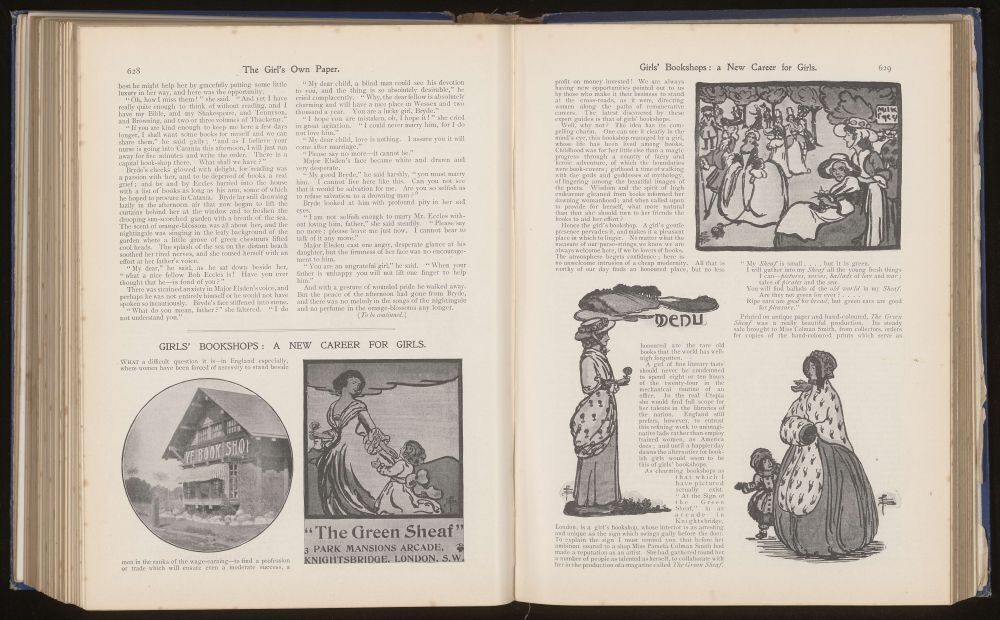
Material sourced from Liverpool John Moores University.
A girl’s gentle presence pervades it, and makes it a pleasant place in which to linger…A girl of fine literary taste should never be condemned to spend eight or ten hours of the twenty-four in the mechanical routine of the office. In the real Utopia she will find full scope for her talents in the libraries of the nation. England still prefers, however, to entrust this refining work to unimaginative lads rather than employ trained women.
While on the surface offering career guidance, there is also the strong sense that femininity should remain at the centre of this role, with a bookshop run by a young woman to be a gentle, pleasant place for members of society to spend time and money.
Later in the twentieth century, as a publication exploring themes of science fiction, horror and the supernatural, Misty was an alternative to the glossy, commercial magazines. The gulf between intended readership and actual readership can be explored in the letters to editors, for example when concerned reader Sean wrote in that he was a “cissy” for reading his sister’s copy of Misty cover to cover (twice).
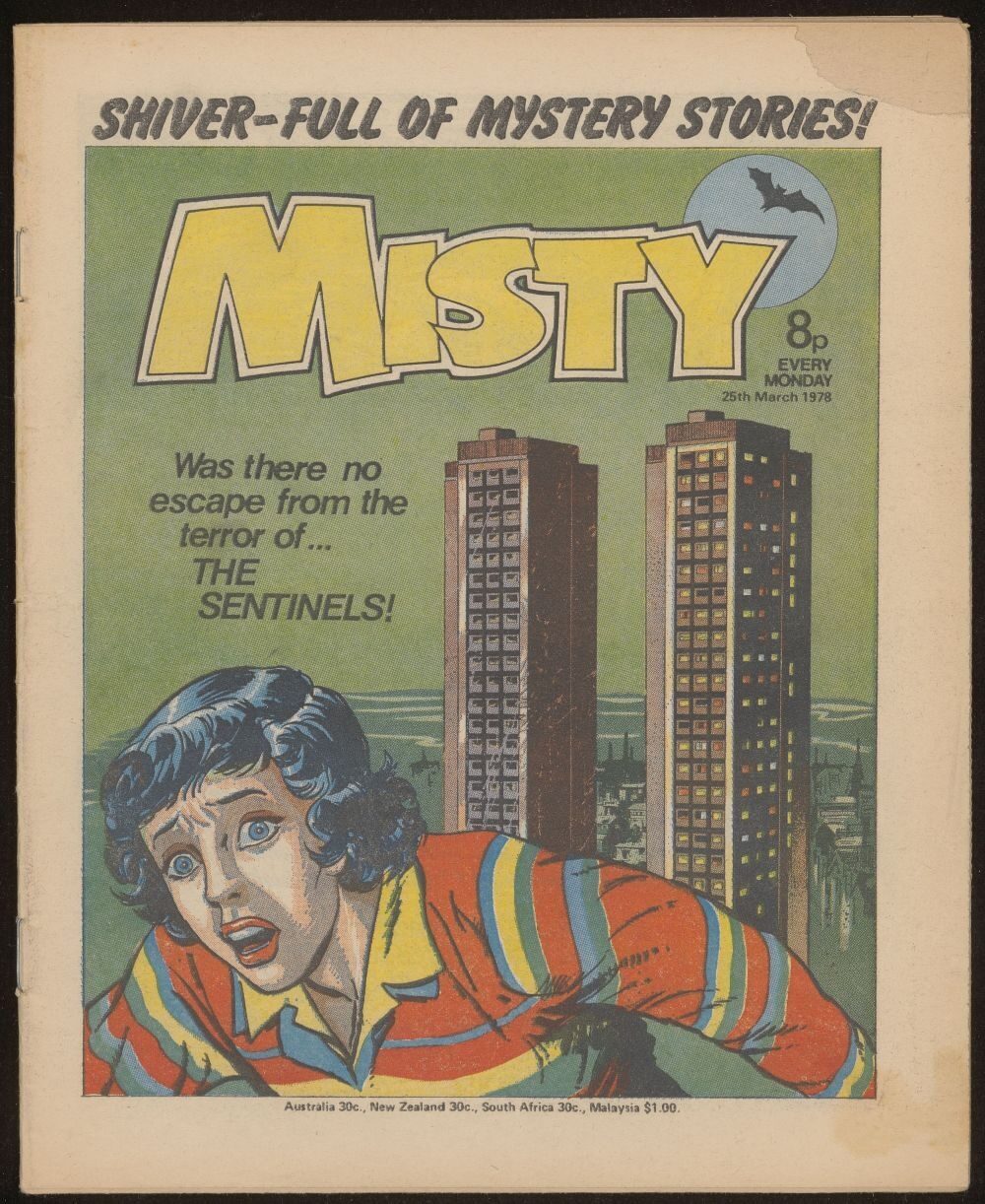
This material is copyright © Rebellion Publishing IP Ltd. All rights reserved. Used under licence. Content provided by: The British Library Board. All Rights Reserved.
A second-year student writes a compassionate response to Sean in a later edition, assuring him that the magazine has a wide appeal beyond young girls and that a thirteen year-old should not feel too bad about liking it. It’s in letters to the magazines that researchers can explore the real questions and concerns from girls across the twentieth century. Agony aunt columns were a space where girls could write to someone outside of their immediate friends and family for advice and support on any issues they were facing. These cover anything from navigating friendships and starting school to relationships, sexuality and sex education. There is a mutual relationship between communication to the editorial team from the readership and the articles produced within the magazines, which provides fascinating insight into pressures and expectations on girls and how these shift over the course of the twentieth century.
Sassy was a groundbreaking magazine published in the US that was created as a feminist publication tackling real issues women and girls were facing. Published from 1988-1996, the magazine featured more diverse models in their publications and explored themes of sexuality, consent, mental health awareness and body positivity. Sassy’s August 1995 issue includes the article ‘Is Feminism the new “F” word?’, exploring how a set of readers feel about feminism in relation to topics such as sexism, beauty, race and sexuality. The article offers an insight into what feminism means for their readers and how they perceive feminism within society. When looking to the future, reader Caitlin states that:
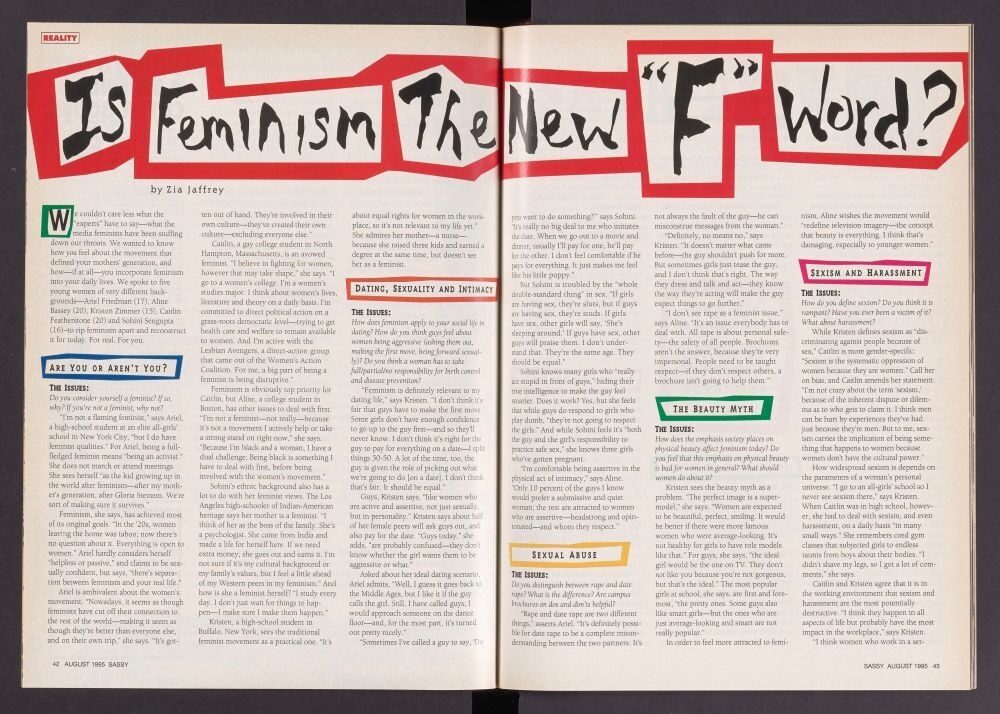
Material sourced from Bowling Green State University.
Feminism should be accessible to different kinds of women – and more full of meaning, not just giving $10 to the cause. It should be more connected to our lives, rather than just a vague set of values.
Magazines such as Sassy in Girlhood: Magazines and Print Culture draw out the voices of girls and young women as a core element of their editorial strategy, allowing readers to feel a sense of care and connection to one another through the pages of their publication.
For more information on Girlhood: Magazines and Print Culture, including free trial access and price enquiries, please email us at info@amdigital.co.uk. The documents discussed in this article are available open access for 30 days.
Recent posts
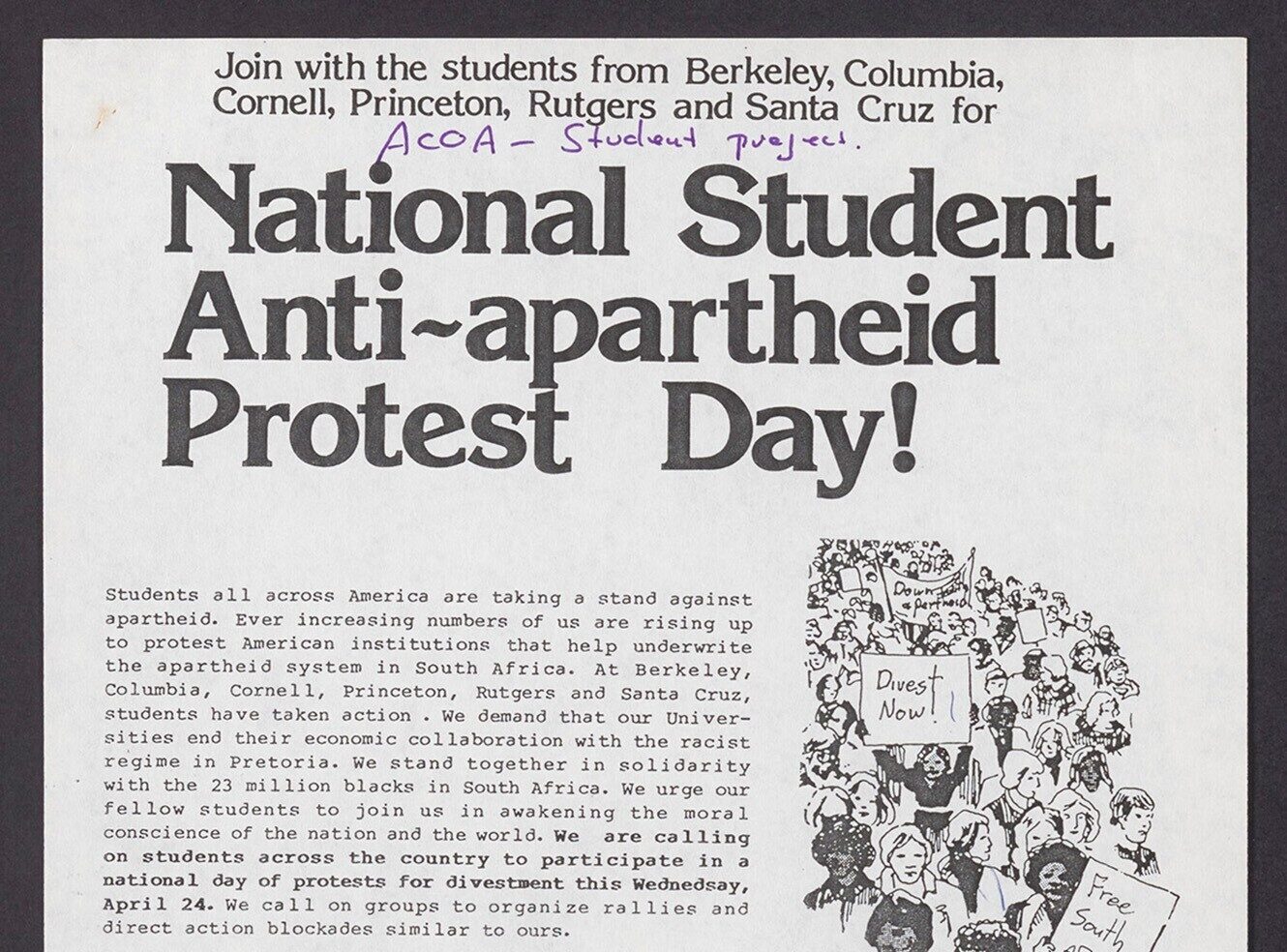
The blog highlights American Committee on Africa, module II's rich documentation of anti-apartheid activism, focusing on the National Peace Accord, global solidarity, and student-led divestment campaigns. It explores the pivotal role of universities, protests, and public education in pressuring institutions to divest from apartheid, shaping global attitudes toward social justice and reform.
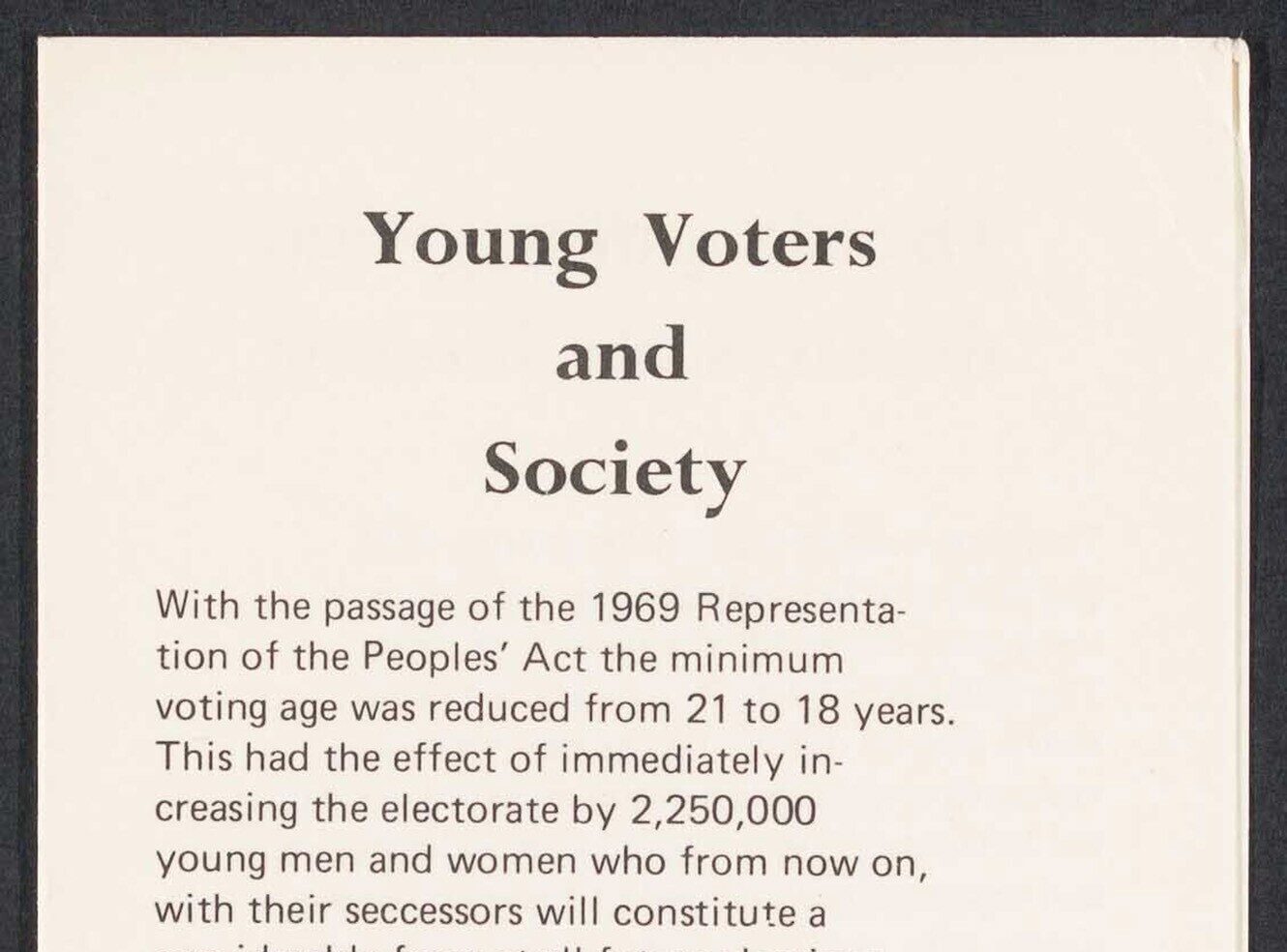
This blog examines how primary sources can be used to trace the impact of young voices on society, particularly during pivotal voting reforms in the UK and the US. Explore materials that reveal insights into youth activism, intergenerational gaps, and societal perceptions, highlighting their interdisciplinary value for studying youth culture, activism, and girlhood across history.
